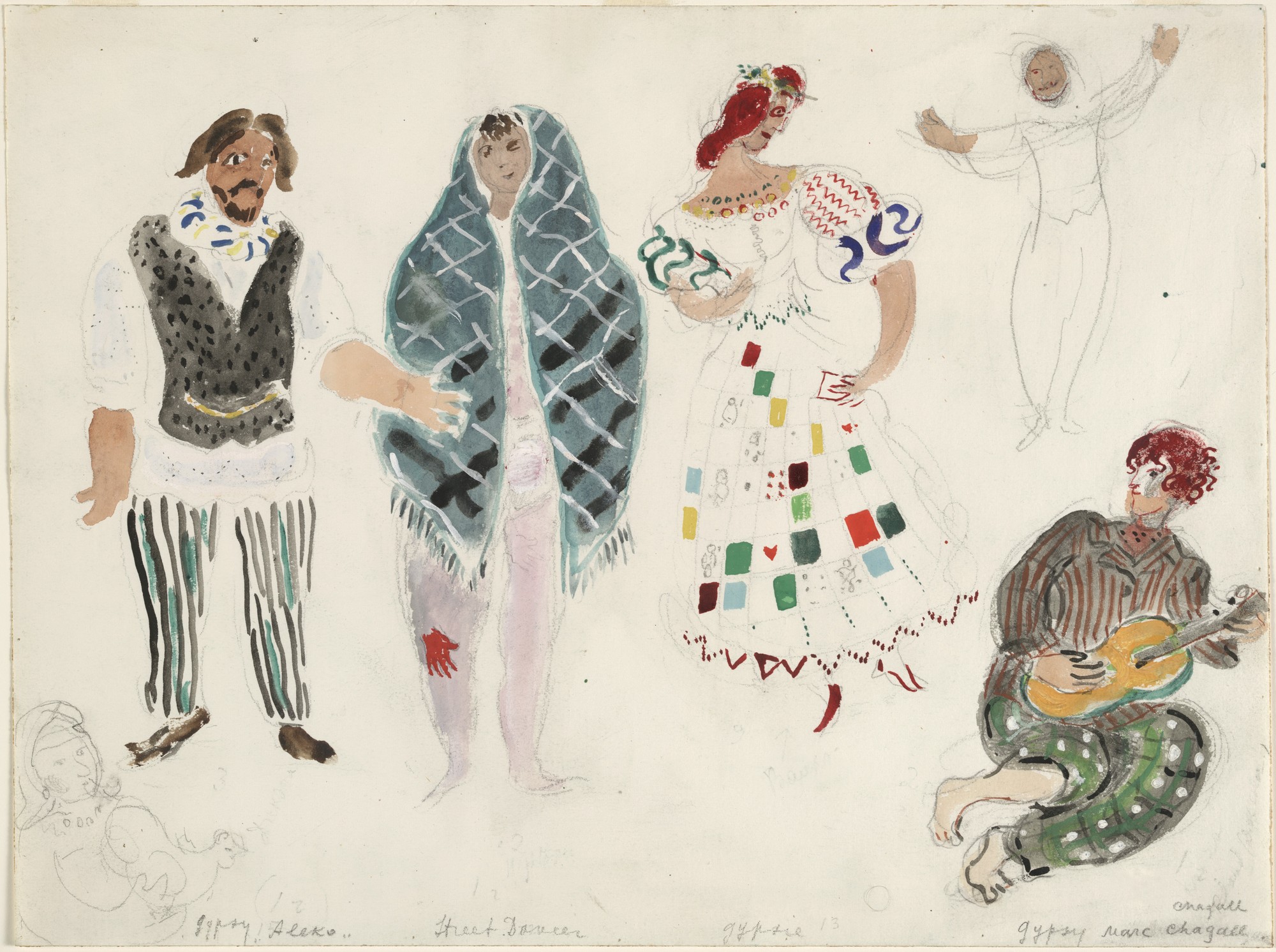————
Since the end of the 19th century, the most famous painters and sculptors have been designing decorations and even the entire stage setting of the opera with increasing frequency. For them, this meant that their work was put to practical use and, at the same time, bridges between music and painting were being built. An excellent example of the beginning of this period is Paul von Joukowsky, who designed The Ring of the Nibelung for Richard Wagner.
Before decorating the New York’s Metropolitan Opera for The Magic Flute (1967), Marc Chagall worked for the Jewish Theatre in Moscow. In the 1940s he created decorations for ballet in Paris. Between 1917 and 1924, eight stage settings for various ballets were also created by Pablo Picasso. The most famous one is the staging of Parade for Sergei Diaghilev. In this decoration, Picasco clearly marked his fascination with cubism.
From this period, it is also worth noting Henri Matisse, who created decorations for Stravinsky and Diaghilev; Fernando Leger, who worked for the Swedish Ballet and Vasyl Kandinsky with his stage setting of the Pictures at an Exhibition by Mussorgsky.
A painter and at the same time an architect closely associated with the opera was Oskar Schlemmer, who conferred the character of the Berlin Kroll Opera House. Another example is Oskar Kokoschka – author of the set design for The Magic Flute in Salzburg (1955).
In the 1970s, many representatives of the fantastic realism of the Viennese school focussed on stage decoration. And so Erik Baruer makes erotic paintings in Vienna for Luigi Cherubini’s Medea (1972), and August Everding engages Ernst Fuchs in the Hamburg Parsifal (1976), who later – in 1978 – shows his Lohengrin in Munich.
And this is still the case today – opera fascinates, stimulates our imagination, provides new opportunities for artistic expression, including visual expression – to the obvious benefit of all!
At the Grand Theatre in Łódź, the biggest and probably the most surprising artistic event was the famous stage setting by Franciszek Starowieyski to Ubu Rex by Krzysztof Penderecki.
Costume designs for the opera Aleco, by Marc Chagall, 1942


